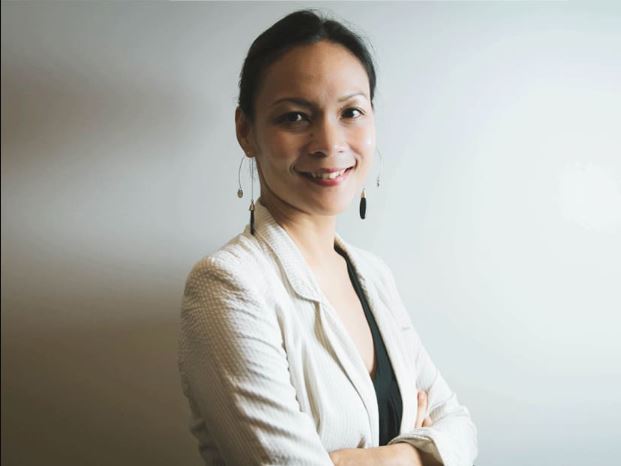Farizan d’Avezac De Moran is shaping more sustainable cities of the future through her building company GreenA Consultants. CNA Women speaks to her in this instalment of our women in sustainability series.

Many of us have seen climate change projections. With temperatures expected to rise between 1.1 and 5.4 degrees Celcius by 2100 according to some reports, melting glaciers, rising sea levels, coastal flooding, heatwaves, droughts, famine, rampant disease and mass extinction are sobering possibilities.
Urbanisation has been largely blamed for this. Cities are well-known to be massive energy guzzlers and carbon-producing factories.
But what if we could continue developing cities and homes without wrecking the environment for future generations? That is the burning question Farizan d’Avezac De Moran has spent more than a decade trying to answer.
“We need buildings and houses to live in. We need cities. But we must also be aware of the environmental cost. We need a mitigation plan. We need to adapt and change the way we live,” said the Singaporean entrepreneur who founded homegrown sustainable building company GreenA Consultants.
From Africa to China, Southeast Asia and Singapore, the 52-year-old has spent the latter half of her career greening one building at a time. From airports to seaports, offices, schools, malls and homes, she has helped to shape a new generation of sustainable buildings that conserve energy, water and other materials. Her vision: Cities of the future that are low, zero or positive energy.
OUR FUTURE CITIES
“This planet is our home. It gives us life and supports everything around us from the weather to the people. It is only natural to care about sustainability,” said Farizan.
“When it comes to the building industry, there is so much we can do from innovation to design that is not only more sustainable but will have a positive impact on how we live and feel. I don’t understand why we are not looking more deeply into it,” she reflected.
Sustainable buildings may sound rather technical, but to cut all the jargon, they simply refer to more environmentally responsible and resource efficient designs.









